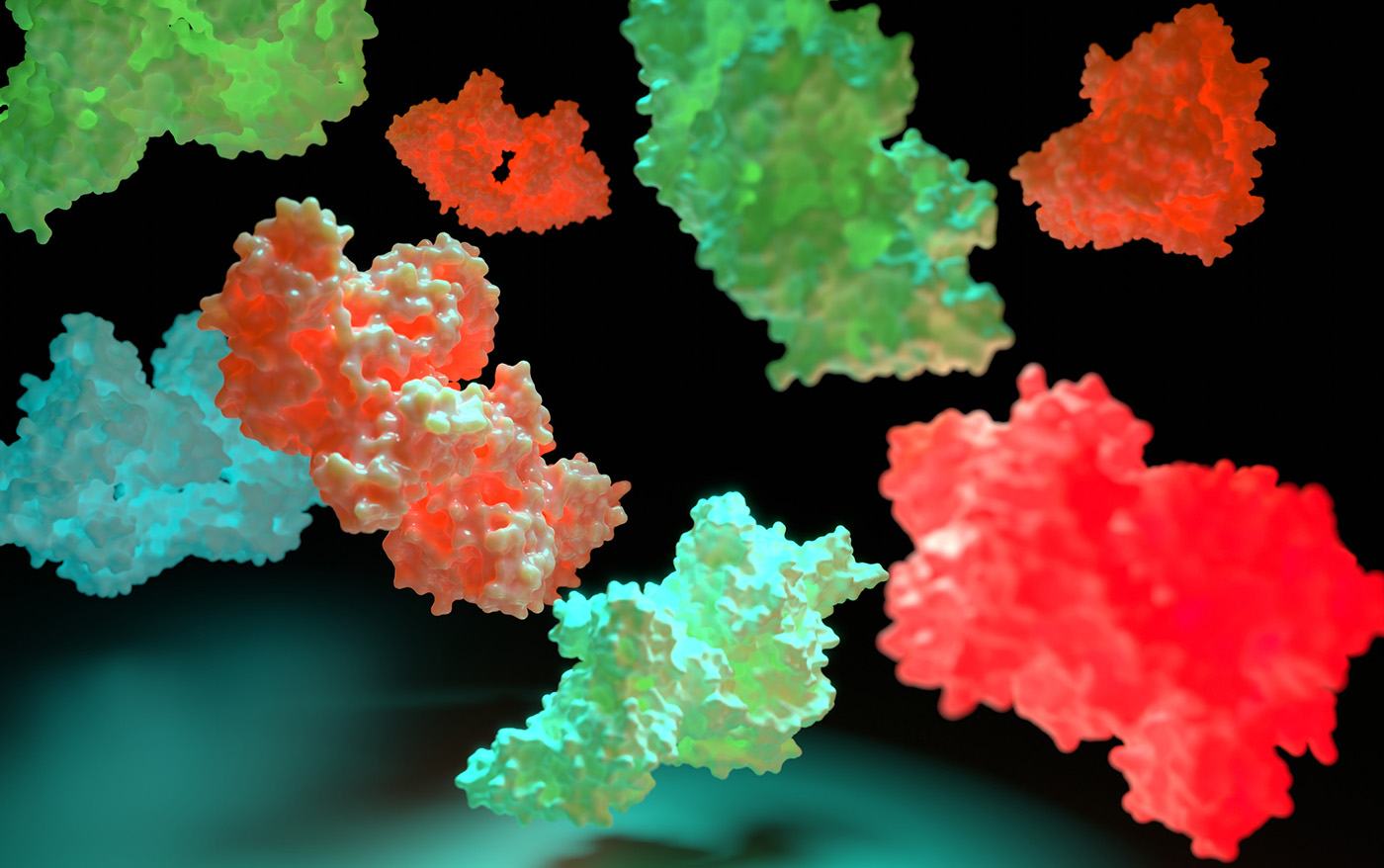
In a groundbreaking advancement in synthetic biology, scientists have used deep learning tools to design an artificial protein capable of altering its structure to bind and release calcium ions. This innovation represents a major leap forward in the engineering of functional, responsive biomolecules.
Researchers leveraged AI-driven deep learning algorithms to design the protein computationally. These algorithms enabled accurate prediction and modeling of the protein’s three-dimensional structure and how it might change in response to calcium ions. The result was a synthetic protein with switchable conformational states — capable of folding and unfolding in a controlled manner to capture or release calcium.
Calcium plays a critical role in many biological processes, including cellular signaling, enzyme activity, and muscle contractions. Designing proteins that can interact with calcium in a controllable way may lead to new tools in both diagnostics and therapeutics. Specifically, this shape-shifting protein could be adapted for use as a biosensor, tracking fluctuations in calcium levels in live cells. It may also find utility in drug delivery systems where responsive behavior is required.
The success of the project not only showcases the power of deep learning in protein design but also opens the door for creation of other artificial proteins with finely tuned structural dynamics. Prior to this advancement, designing such behavior in synthetic proteins was a complex and largely trial-and-error process. By incorporating AI and structural biology, researchers can now design proteins with specific dynamic behaviors more efficiently and accurately.
This achievement underscores the growing integration of computational approaches in molecular biology, positioning artificial intelligence as a driving force in future biotech innovations. Further studies are underway to optimize the protein’s responsiveness and stability in biological environments, with a view toward broader clinical and industrial applications.
Source: https:// – Courtesy of the original publisher.








